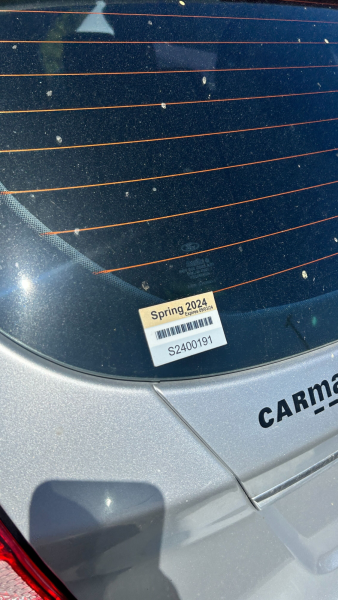Money creates a YouTube Red Scare
YouTube users should be wary but optimistic of the new subscription service.
Tomber Su/THE CHIMES
March 1, 2016
Since its creation on Feb. 14, 2005, YouTube has represented a free video platform for varied types of creators to reach a global audience.
Earning an Income
Beginning in 2007, YouTube began allowing its content creators to receive pay for their popular videos through its partner program and advertisements, and by 2008, some partners earned six-figure incomes.
But on Oct. 28, 2015, Youtube launched a new paid subscription service for their content. The new service costs $9.99 and gives subscribers access to ad-free content, as well as additional original content produced by YouTube in cooperation with some of the major YouTube creators. Paying the $10 fee also allows users a few perks like the ability to view videos offline, download videos for 30 days and receive access to Google Play’s library of music — to name a few.
Criticism
Critics of the new model claim it is not only overpriced but will only serve to increase the wealth of the top one percent of YouTubers. They believe YouTube creators have only agreed to YouTube Red after being strong-armed by YouTube. Channels that do not comply will no longer be viewable — this includes channels no longer active. Some believe it will create two classes of viewers — those who can afford to pay for their favorite creator’s content, and those who cannot. Others say this new service will be completely futile as the primary YouTube demographic is young people who cannot afford to pay for the service.
And their critiques are not unfounded. It is only the top YouTubers like Pewdiepie and Superwoman partnering with YouTube to create this new premium content. Smaller creators receive little benefit from the new subscription service and people will mourn the loss of old classic channels that may no longer be available.
Defense
But in light of all the costs, Hank Green, popular YouTuber and creator of VidCon, a large American YouTube convention, defended YouTube Red. Although Green does have a significant bias as co-creator of a multi-channel empire, he highlights the unsustainability of the ad-only model. He states that even the most dedicated of YouTube users only earned their favorite creators a few cents.
The New York Times’ profile of Olga Kay, a YouTuber with a total of one million subscribers, backs up Green’s criticism. Although she earned between $100,000 and $300,000 in gross revenue in each of the three years before 2014, she actually only received less than 50 percent of what her videos earned after YouTube’s cut, taxes and production costs.
In Response
YouTube Red was likely a response to this problem. As the creators, the source of YouTube’s revenue, became disenchanted with ad-only, YouTube needed a way to keep that revenue. And a supplementary service like YouTube Red that keeps the already free content free, allows for that.
It still may not benefit small creators as much as the large ones, but for now it seems like a decent step in a generally good direction. It is still not an ideal way to support creators, but it is a start. And for now, I am optimistic — but wary.







